Xiaomi Air Purifiers are among the most popular smart air cleaning devices used in homes and offices, especially in areas with poor air quality. While these purifiers come with smart app connectivity via Mi Home, many users prefer or sometimes need to operate the air purifier manually—without relying on a smartphone, Wi-Fi, or the mobile app. I’ve personally used the Xiaomi Air Purifier 3 and 4 series during air pollution spikes, and often had to control it manually when Wi-Fi was unstable. This article will guide you through how to use your Xiaomi Air Purifier manually, covering all the essential functions and controls step by step.
Why Use Xiaomi Air Purifier Manually?
While app control is convenient, manual operation is essential when:
- The Wi-Fi connection is down
- You don’t want to use the Mi Home app
- You want quick control without reaching for your phone
- You’re setting it up in a guest room or temporary location
Fortunately, Xiaomi has made its air purifiers simple to control manually using the OLED touch button or physical control panel.
Step-by-Step Guide to Manually Use Xiaomi Air Purifier
Step 1: Plug in and Power On the Device
Start by plugging your air purifier into a power outlet.
- Locate the power cable at the back or base of the unit.
- Plug it into a reliable outlet.
- Press the Power/Touch Button on the OLED display (front/top side depending on the model) to turn it on.
You’ll hear a soft beep and the display will light up.
Step 2: Understand the Manual Control Interface
Most Xiaomi models from Mi Air Purifier 2C, 3, 3H, 4, and 4 Pro have a similar touch button or control panel.
- Single button: Power and mode selection
- OLED display: Shows PM2.5 reading, temperature, humidity, and mode
- Indicator light: Color-coded for air quality (green, orange, red)
The touch button is used for all manual operations—no separate remote is needed.
Step 3: Switch Between Modes
You can manually change the operating mode by tapping the control button.
For OLED models:
- Short Press the button once:
- Cycles between modes: Auto → Sleep → Favorite → Auto
- Watch the display:
- Auto Mode: Adjusts fan speed automatically based on PM2.5 levels.
- Sleep Mode: Runs silently at low speed. Ideal for night use.
- Favorite Mode: Customizable via app, but runs at fixed speed if used without app.
Even if you haven’t configured “Favorite Mode” in the app, you can still use it manually as a medium-to-high speed mode.
Step 4: Adjust Fan Speed Without App
Some models (like Mi Air Purifier 4 Pro) allow manual fan speed adjustment through Favorite Mode only.
Without the app, you cannot customize Favorite Mode speed levels, but you can still toggle modes to increase air output:
- Use Auto for balanced automatic operation
- Use Favorite for higher output
- Use Sleep for quiet, low-speed operation
If you need stronger filtration during cooking or when air quality worsens, manually cycle to Favorite Mode for max effect.
Step 5: Interpret the Display and Air Quality Lights
Xiaomi air purifiers provide instant air quality feedback using colored ring indicators or the OLED display.
Common indicator meanings:
- Green: Good air quality (PM2.5 < 35 µg/m³)
- Orange: Moderate pollution (PM2.5 between 36–75 µg/m³)
- Red: Poor air quality (PM2.5 > 76 µg/m³)
You can check:
- PM2.5 reading: Displayed in large numbers
- Temperature and humidity: Shown below PM2.5 (on newer models)
This helps you decide whether to leave it on Auto or switch to a more aggressive mode manually.
Step 6: Reset Filter Indicator After Replacing Filter
Xiaomi air purifiers have a filter replacement reminder. After replacing the filter, you must reset the indicator manually.
Steps to reset (without app):
- Press and hold the Power/Touch Button for 7 seconds
- Wait for a beep or confirmation on the screen
- The filter indicator resets and usage hours return to zero
I once forgot this step after replacing my filter and was confused why the alert remained. Always reset it manually if you’re not using the app.
Step 7: Cleaning and Maintenance (Manually)
To maintain good performance:
- Wipe the outer body weekly with a dry or slightly damp cloth.
- Clean the sensor once a month:
- Open the sensor cover on the side/back.
- Use a cotton swab or soft brush to remove dust.
- Check the filter every 2–3 months for visible dirt or odor.
The app gives reminders, but manually, you can follow a calendar-based schedule.
Step 8: Turn Off the Air Purifier Manually
To power off the unit:
- Press and hold the Power button for 2–3 seconds
- The display will turn off and the unit will stop operating
You can also unplug the unit if you won’t be using it for a while.
Tips for Best Manual Operation
- Place the purifier in a central open space, away from walls and curtains
- Avoid blocking the air inlet and outlet
- Run in Auto or Favorite Mode during high pollution or allergy season
- Run in Sleep Mode at night for quiet operation
- Do not place the unit near windows, or it may read external PM2.5 incorrectly
Limitations of Manual Use
While Xiaomi air purifiers can be fully used without the app, here’s what you can’t do manually:
- Set specific fan speed levels
- Track filter lifespan in hours
- Schedule on/off timings
- Receive AQI notifications or voice assistant controls
That said, for regular daily use, manual controls cover all basic needs effectively.
Conclusion
Using a Xiaomi Air Purifier manually is simple, efficient, and often more convenient than relying on Wi-Fi and app connectivity—especially if you’re looking for a plug-and-play air purification experience. By learning how to switch between modes, interpret the display, clean the sensor, and reset the filter manually, you can fully operate the device with just a few touches. From my own usage during Delhi’s winter smog season, I found that switching between Auto and Favorite modes manually kept indoor air quality stable, even when I wasn’t using the app. So if you’re ever without internet or simply want a quick way to manage your air purifier, the manual control functions are more than capable of keeping your air clean.

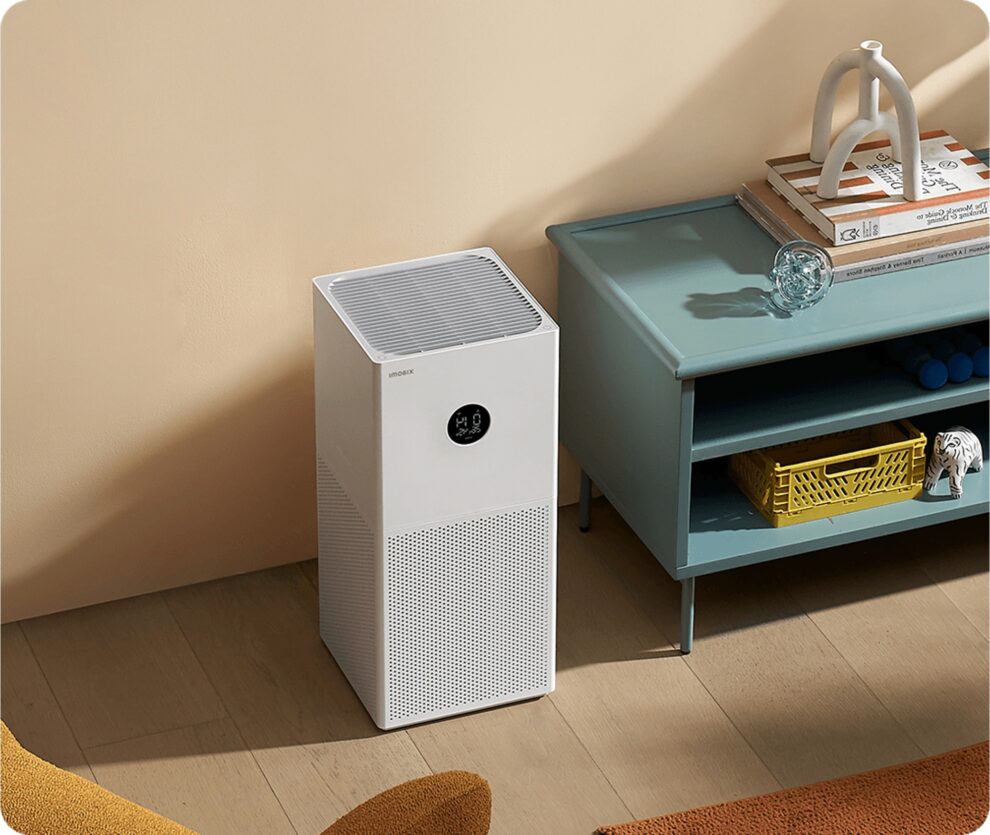




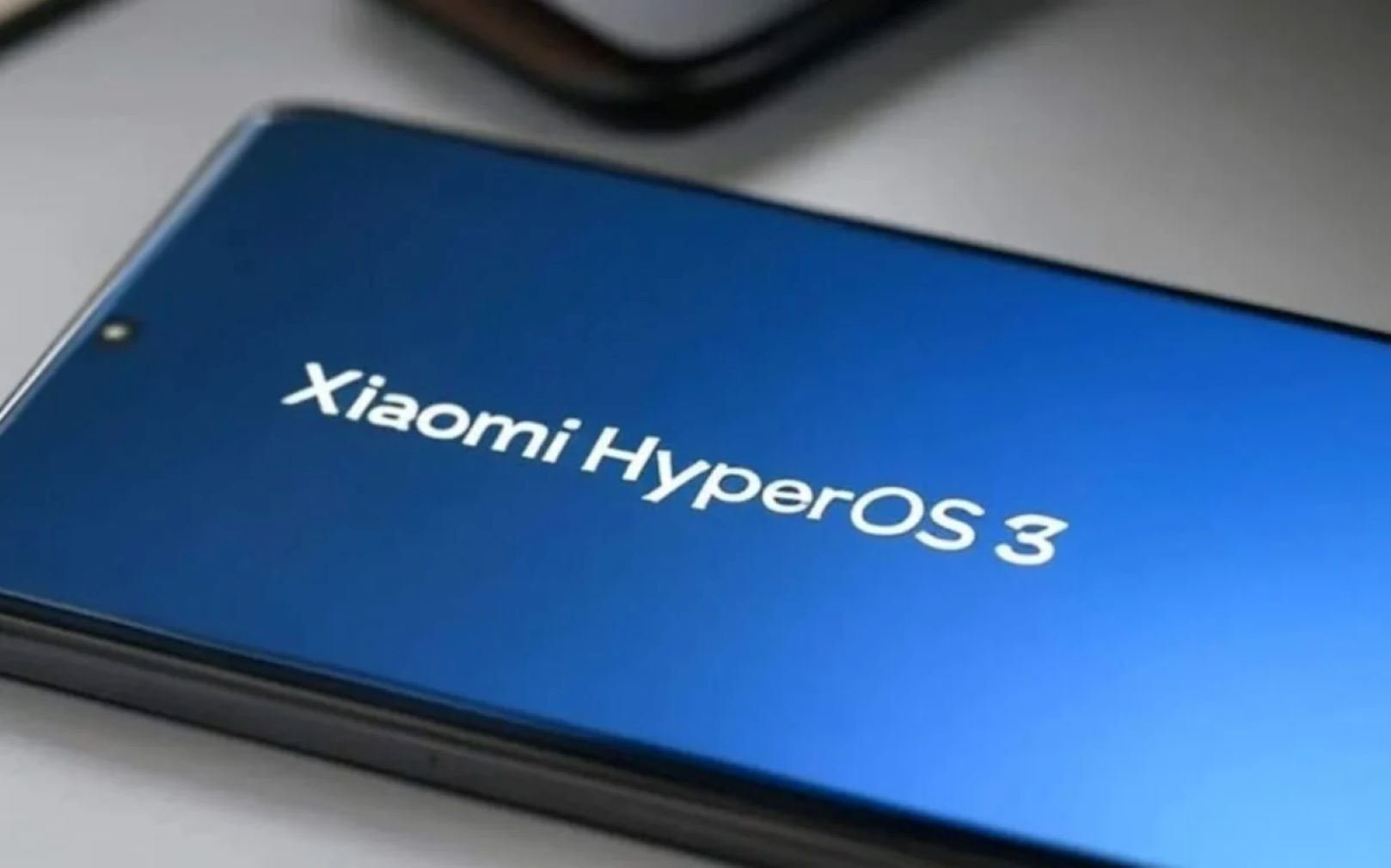

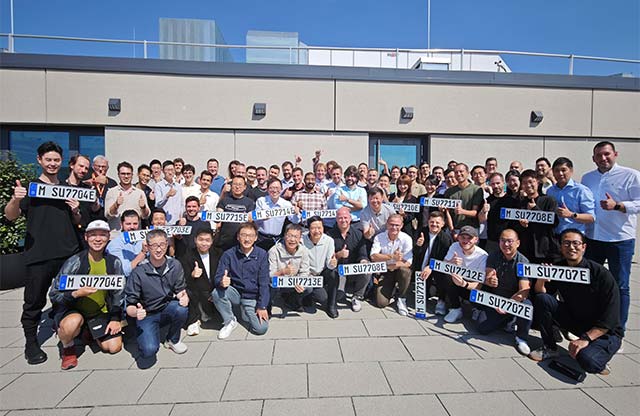
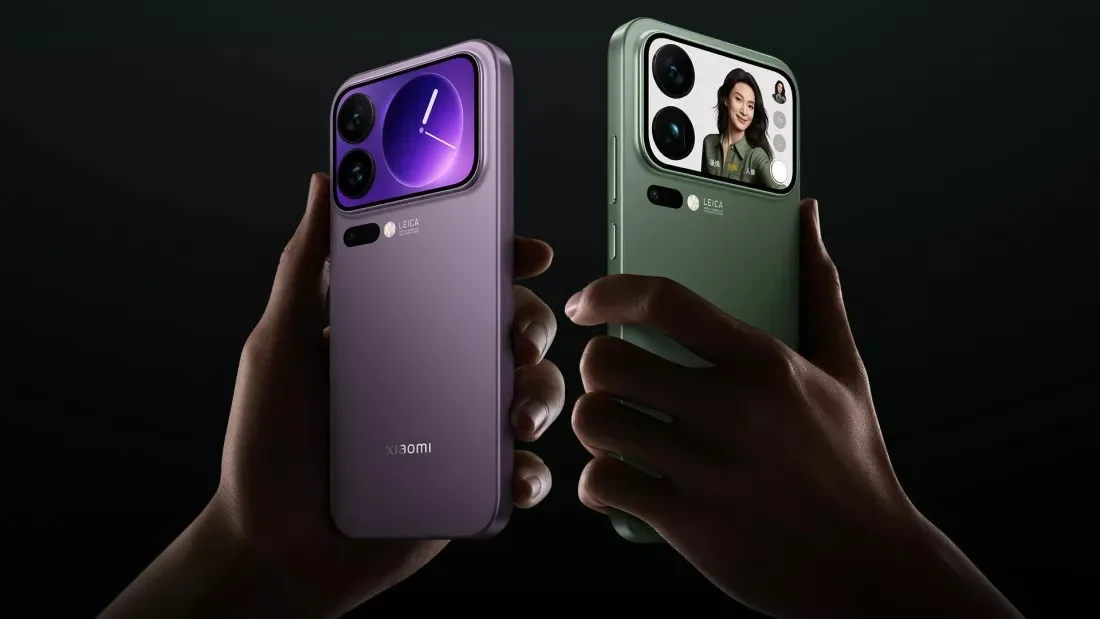
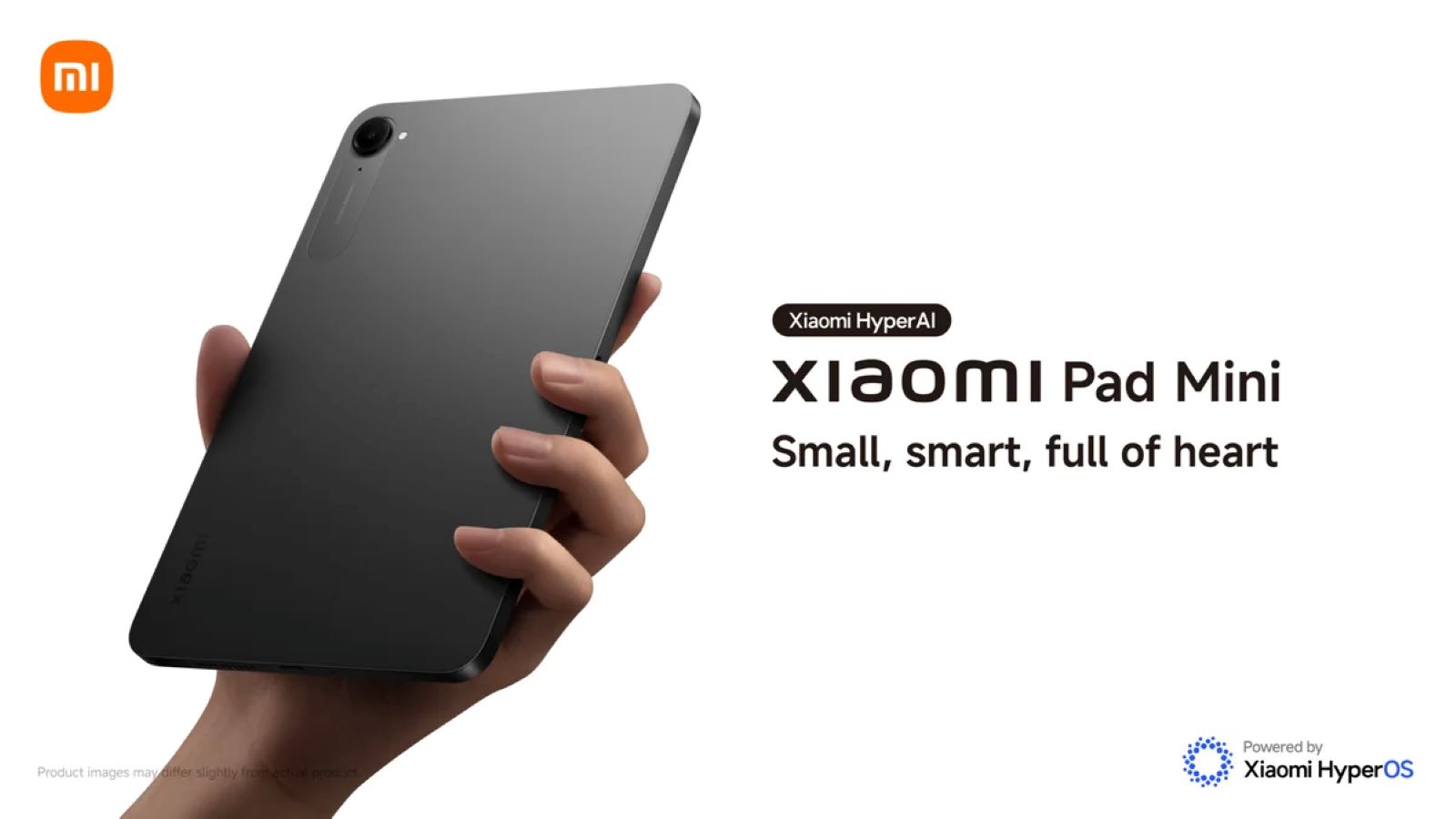
Add Comment